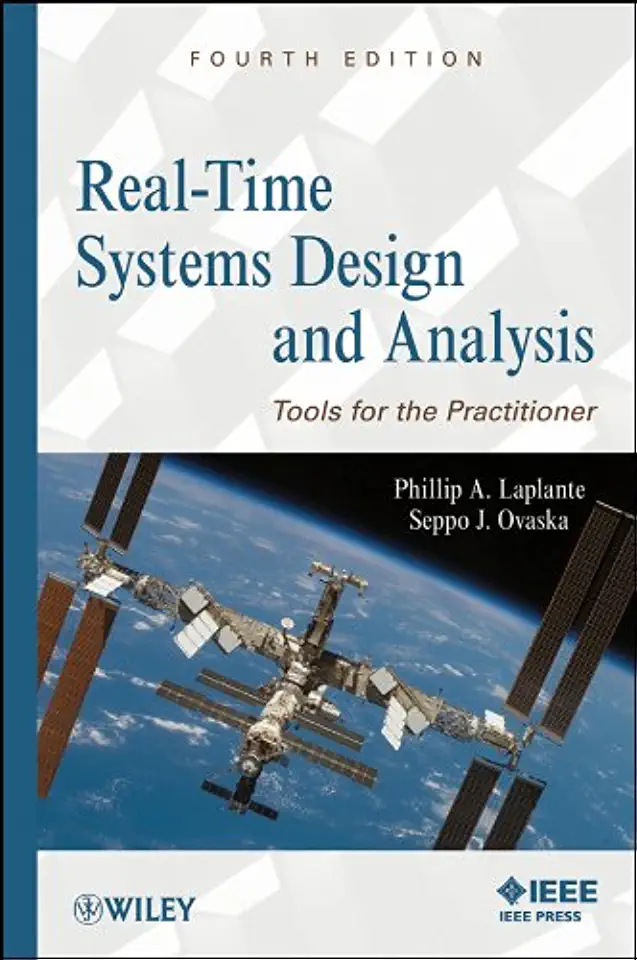
Real-Time Systems Design and Analysis- Tools for the Practitioner - Phillip A. Laplante
Real-Time Systems Design and Analysis: Tools for the Practitioner
Introduction
In today's fast-paced world, real-time systems are becoming increasingly important. These systems are used in a wide variety of applications, from medical devices to industrial control systems to automotive electronics. They are characterized by their need to respond to events in a timely manner, often within milliseconds or even microseconds.
Designing and analyzing real-time systems is a complex and challenging task. There are a number of factors that need to be considered, including the system's performance requirements, the available resources, and the potential for errors.
Tools for the Practitioner
The book "Real-Time Systems Design and Analysis: Tools for the Practitioner" provides a comprehensive overview of the tools and techniques that are available for designing and analyzing real-time systems. The book is written by Phillip A. Laplante, a leading expert in the field of real-time systems.
The book is divided into four parts:
- Part I: Introduction
- Chapter 1: Introduction to Real-Time Systems
- Chapter 2: Requirements Specification
- Part II: Design
- Chapter 3: System Architecture
- Chapter 4: Software Design
- Chapter 5: Hardware Design
- Part III: Analysis
- Chapter 6: Performance Analysis
- Chapter 7: Reliability Analysis
- Chapter 8: Safety Analysis
- Part IV: Implementation
- Chapter 9: Implementation Techniques
- Chapter 10: Testing and Debugging
Key Features
The book "Real-Time Systems Design and Analysis: Tools for the Practitioner" offers a number of key features that make it an essential resource for anyone working in the field of real-time systems:
- Comprehensive coverage: The book covers all aspects of real-time systems design and analysis, from requirements specification to implementation.
- Practical focus: The book is written with a practical focus, providing readers with the tools and techniques that they need to design and analyze real-time systems.
- Real-world examples: The book includes a number of real-world examples that illustrate the concepts that are discussed.
- Exercises: Each chapter includes a set of exercises that help readers to test their understanding of the material.
Conclusion
The book "Real-Time Systems Design and Analysis: Tools for the Practitioner" is a valuable resource for anyone working in the field of real-time systems. The book provides a comprehensive overview of the tools and techniques that are available for designing and analyzing real-time systems, and it is written with a practical focus that makes it easy to understand and apply.
If you are interested in learning more about real-time systems, then I highly recommend that you read this book. It is an essential resource for anyone who wants to design and analyze real-time systems that are reliable, safe, and efficient.